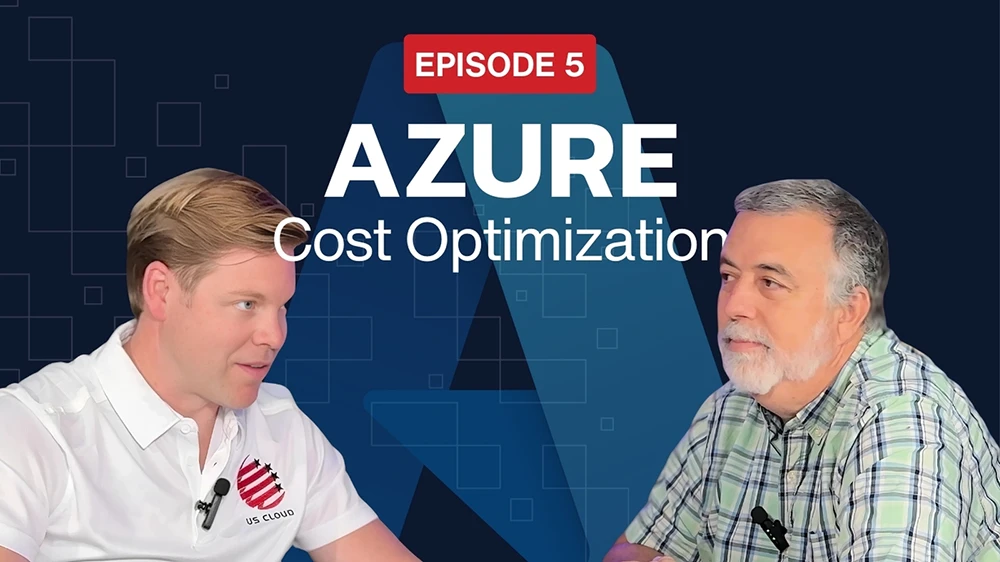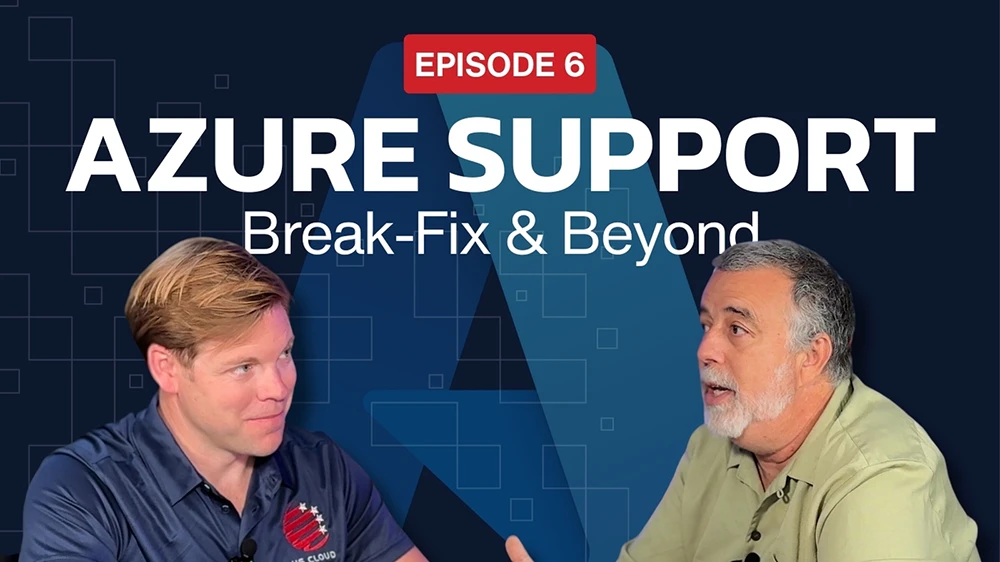3rd Party: A Microsoft Support Show – Azure Storage Cost Optimization (ep5).

Certain spots of the home are particularly susceptible to getting junked up. Who hasn’t jumped into the front closet to search for the hat that time forgot, only to be confronted with a lifetime’s worth of clothing articles that haven’t been worn in decades? A good deep clean could minimize your time in closet purgatory, but that’s a whole separate afternoon (or more) of work.
Your Azure account needs a deep clean, too. Without it, your Azure storage cost might be ballooning past the true needs of your business. Not only does cloud cost optimization save you money, but it can also naturally support your company’s security compliance and efficiency.
In this episode of Third Party: The Microsoft support show, our guest Rodney Fournier discusses how the team helps businesses save an average of 20-30% of annual spend in just eight weeks. For some companies, like the one discussed in this episode, your cost savings could be over a million dollars.
One of our most important strategies for helping you and your business save money on your Microsoft services is—you guessed it—helping you and your team prevent your Azure cloud storage from becoming your company’s cloud-based junk drawer. Then, once your storage is optimized, we offer the tools and services to help you keep it that way (and keep your Azure costs down).
Check the video or transcript below for more about the services offered by US Cloud to help you and your company
- Microsoft Office 365 Licensing Review: We review your business’s M365 license to confirm whether this level of service is truly the right size for you.
- Azure Excellence Bundle: We review your entire Azure infrastructure (or as much of it as you would like) and help your organization slim down your Azure storage to only what is necessary for your business.
Before you opt for the next Azure storage upgrade, give US Cloud a call. We can help you ensure that your cloud is organized AND the right size for you.
Here’s the Full Transcript
Frequently Asked Questions
Can US Cloud help my company save money on Azure?
Yes! US Cloud can help you assess your Azure storage cost to ensure that your account functions at optimal capacity without costing you excess money.
What does “cloud sprawl” mean?
Cloud sprawl is the uncontrolled growth of cloud usage throughout a business or organization. While this is generally unintentional, cloud sprawl (or, sometimes, “Azure sprawl”) can lead to ballooning costs, decreased security compliance, and company-wide inefficiencies.
What is an enterprise architect (EA)?
An enterprise architect is an expert at the senior level who is responsible for establishing, developing, and maintaining an organization’s IT infrastructure. This might include IT hardware, software, services, and whatever else a company needs in order to support a healthy IT system.

3rd Party: A Microsoft Support Show – A Dormakaba Expert’s Journey from Client to Insider (ep7)

How Much Is Microsoft Azure Enterprise Support?

